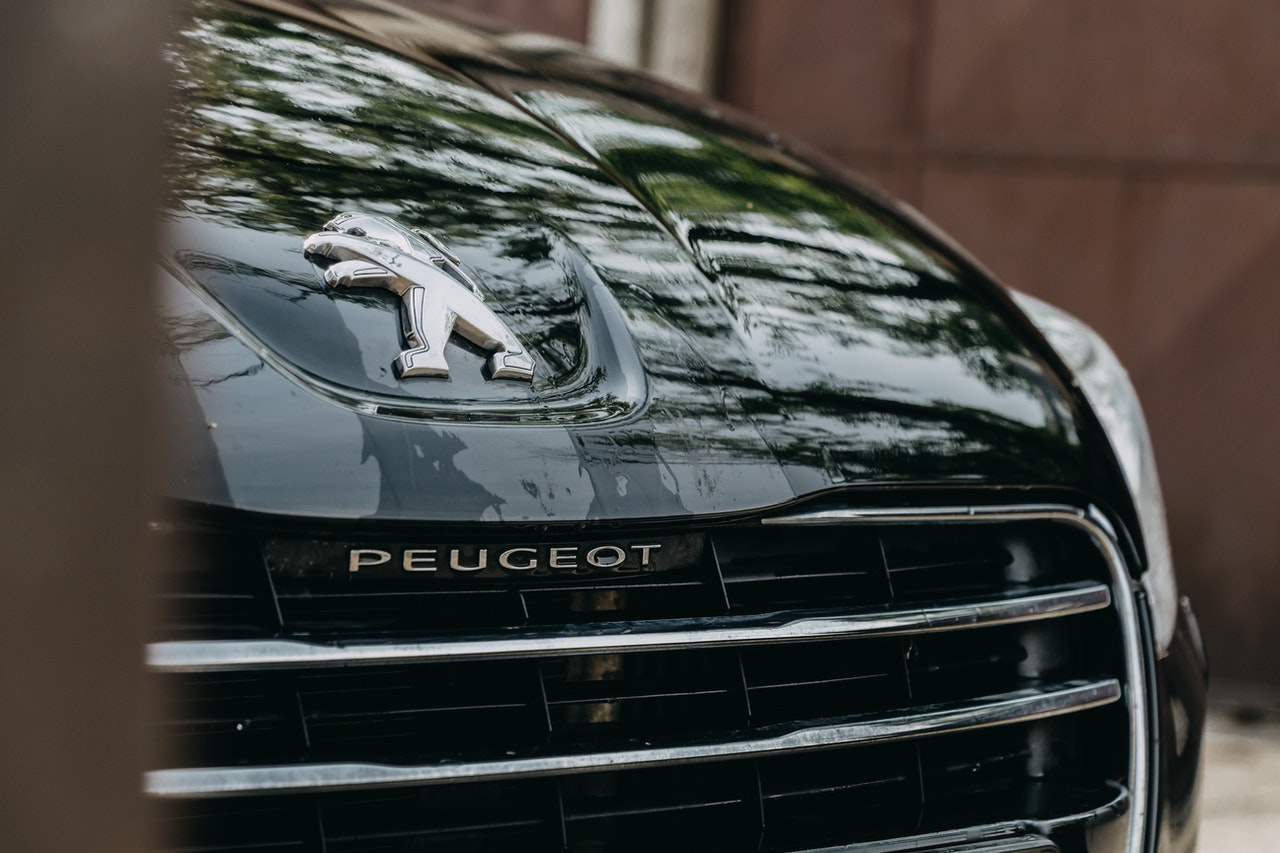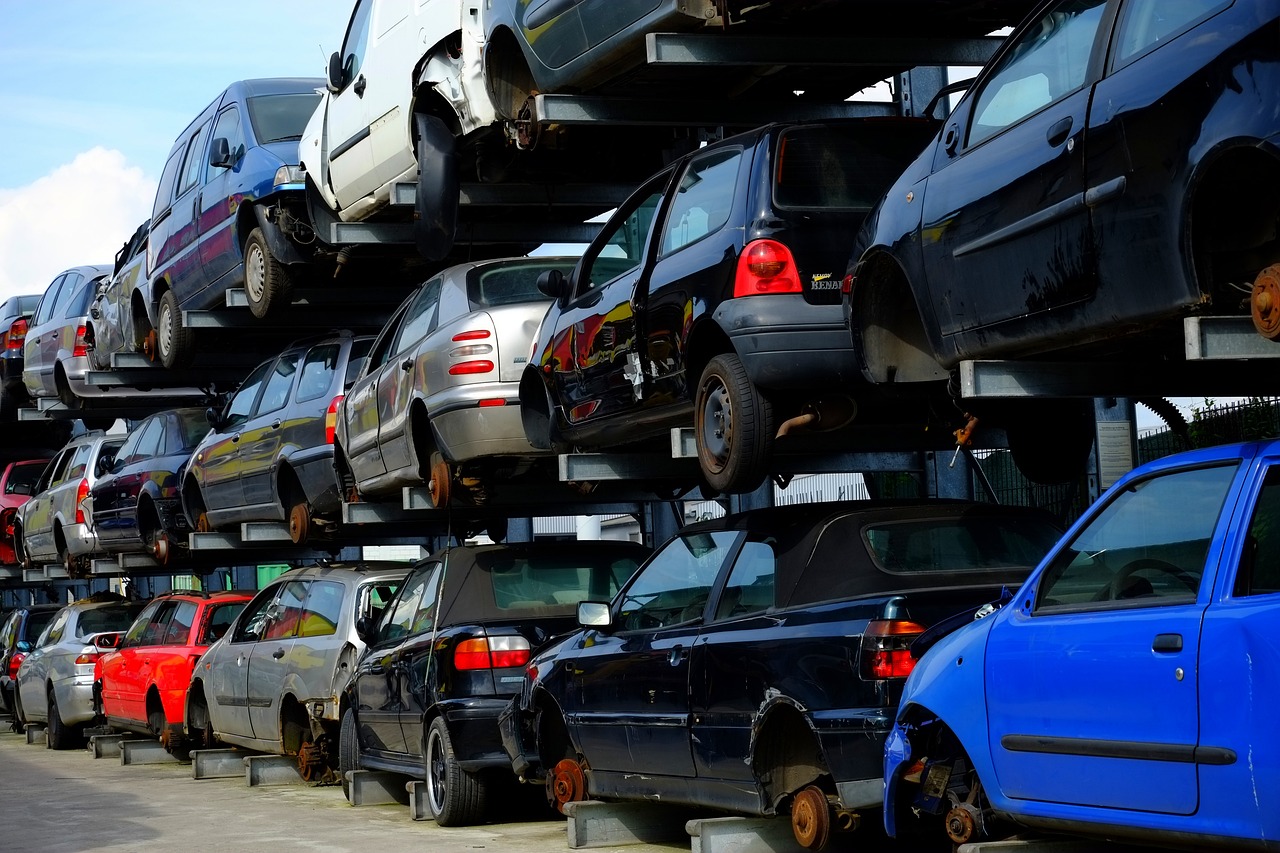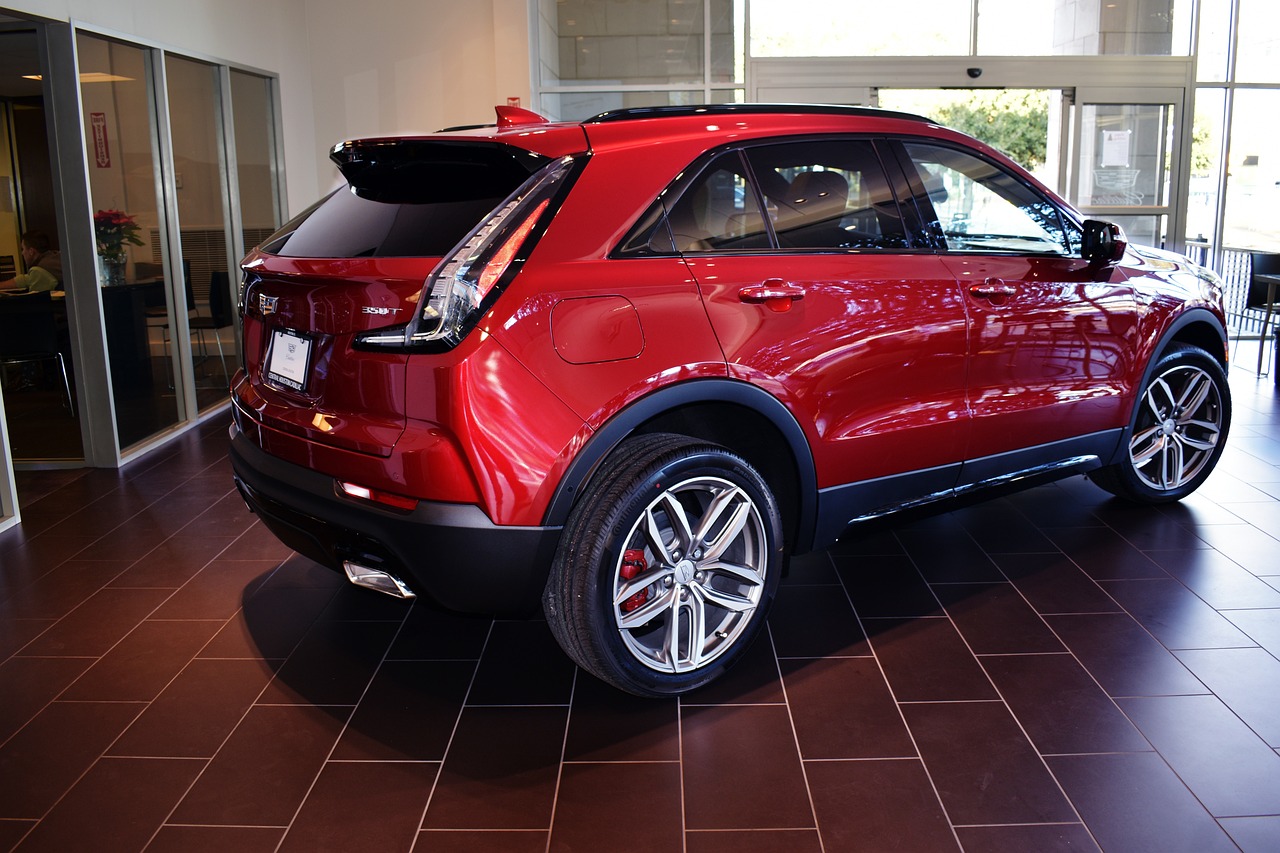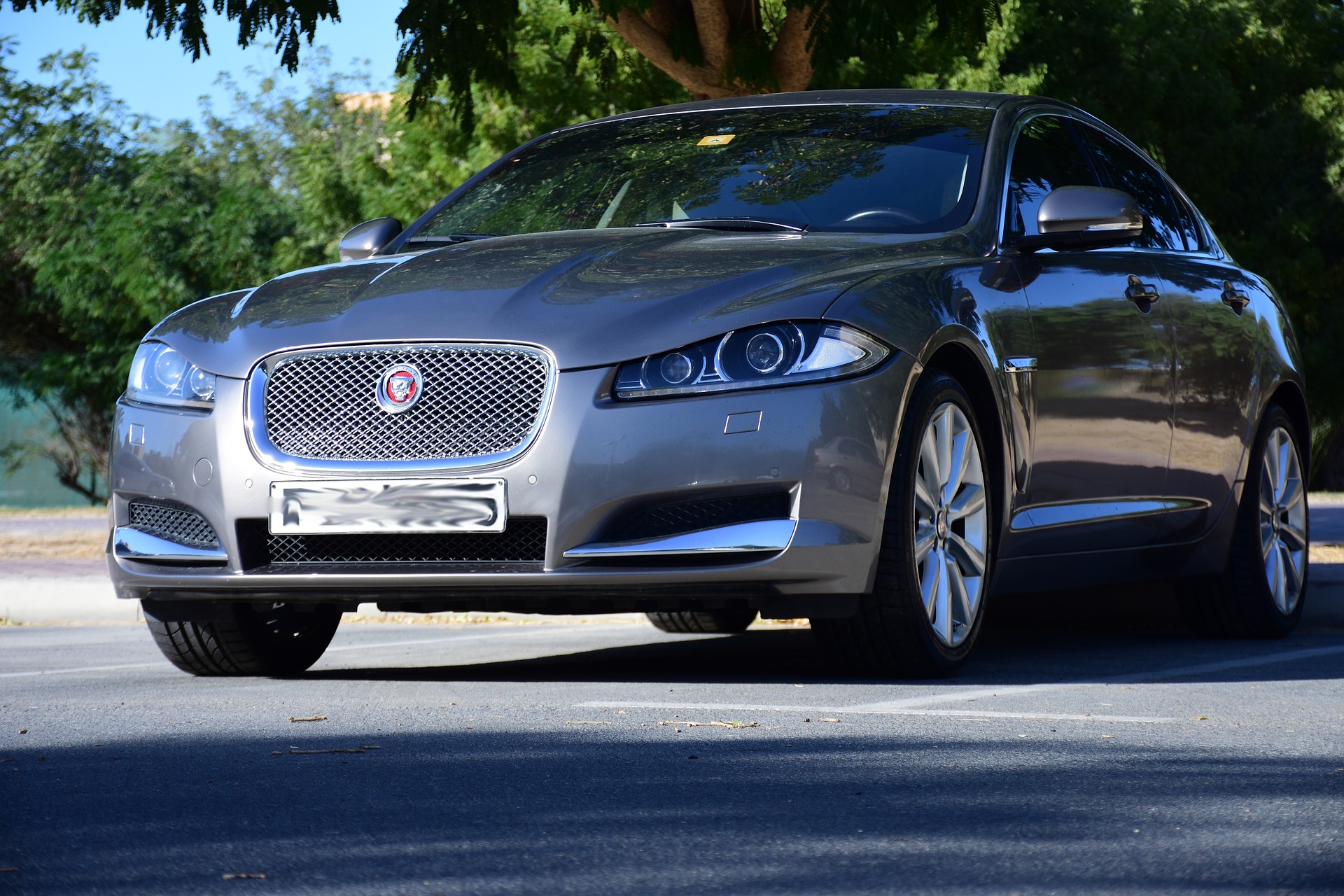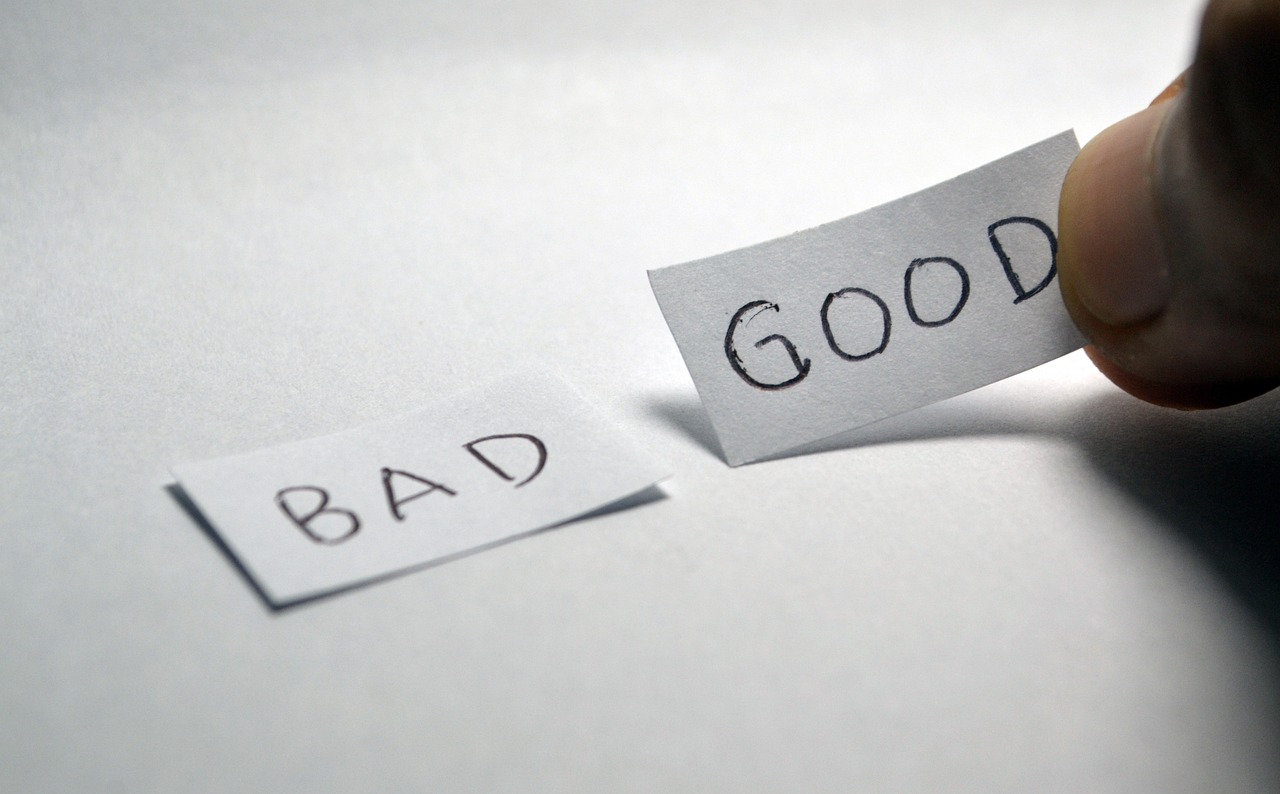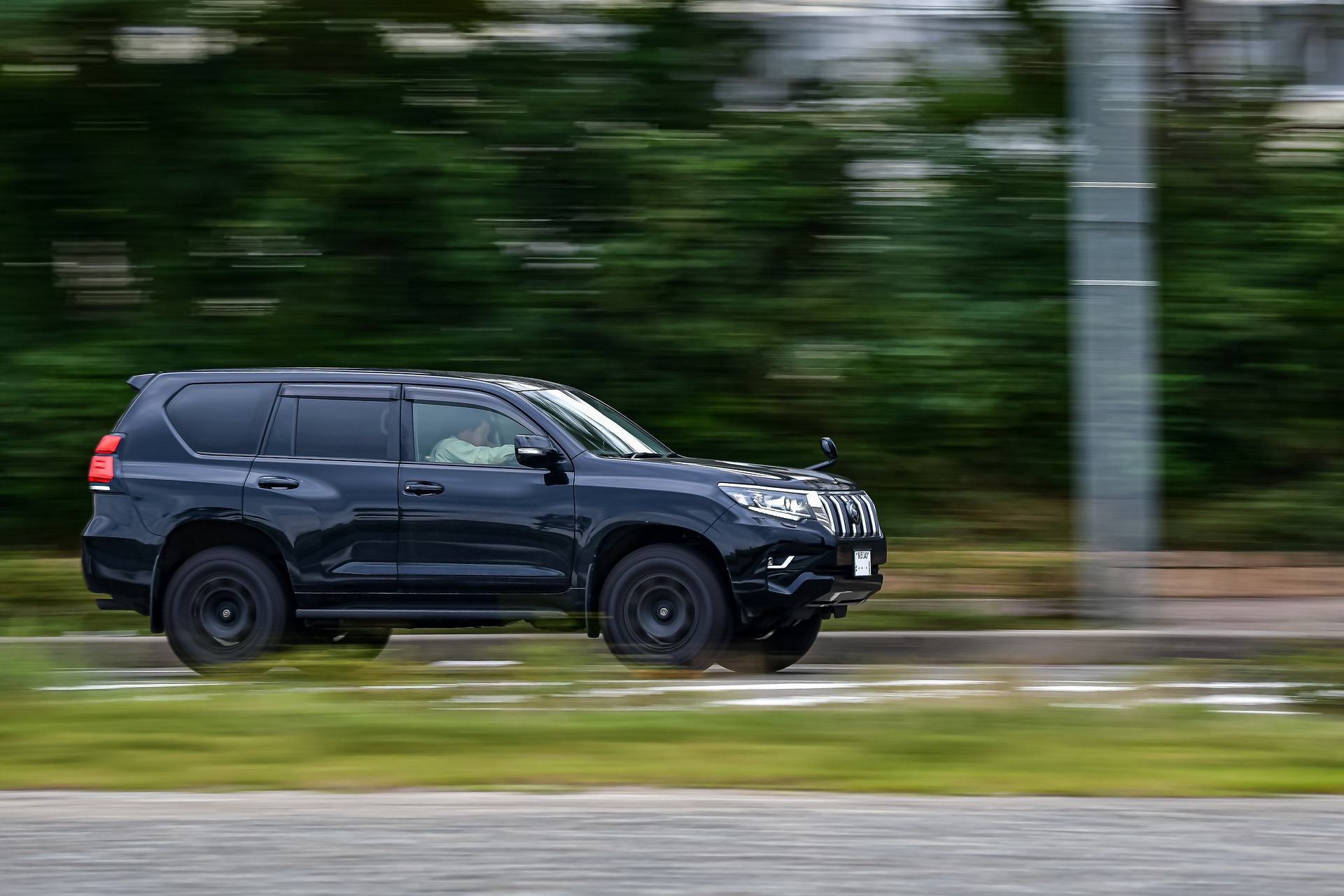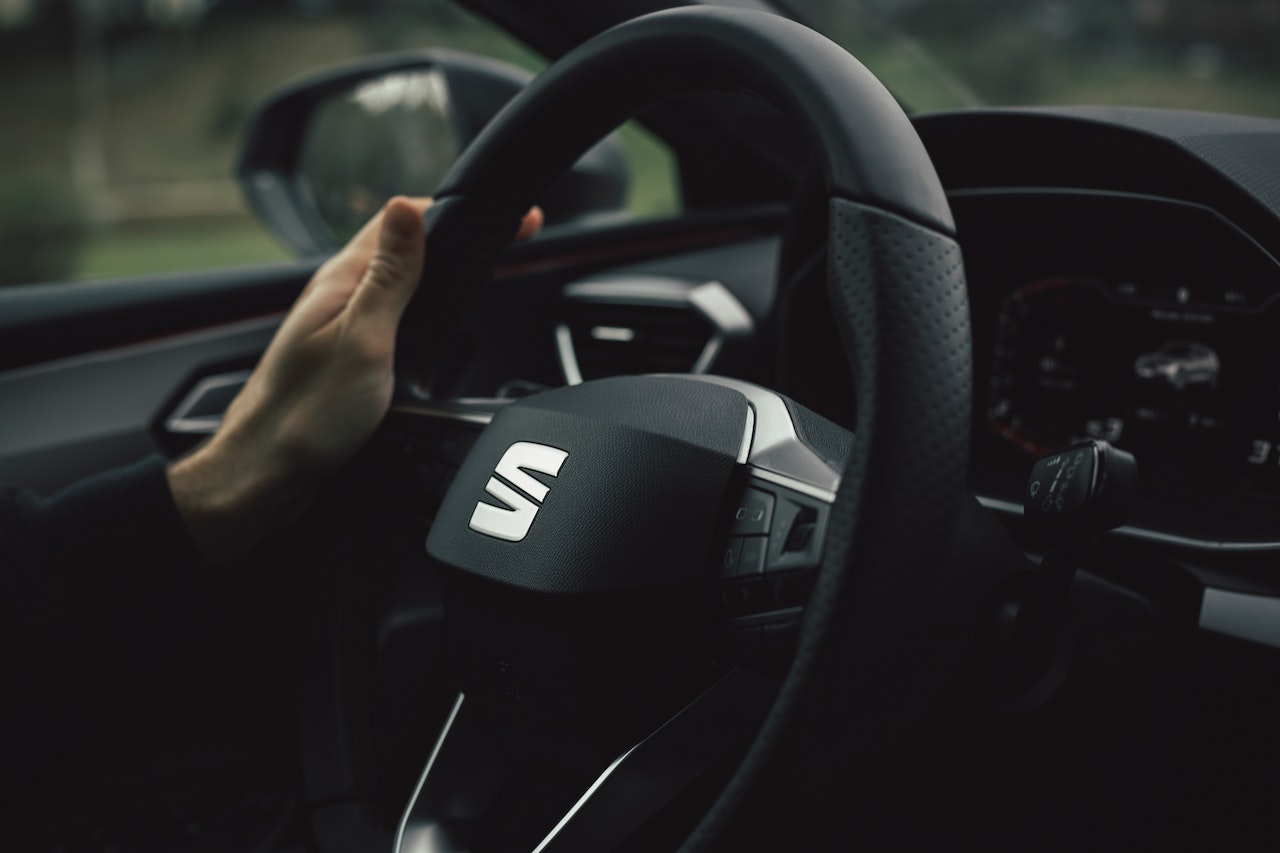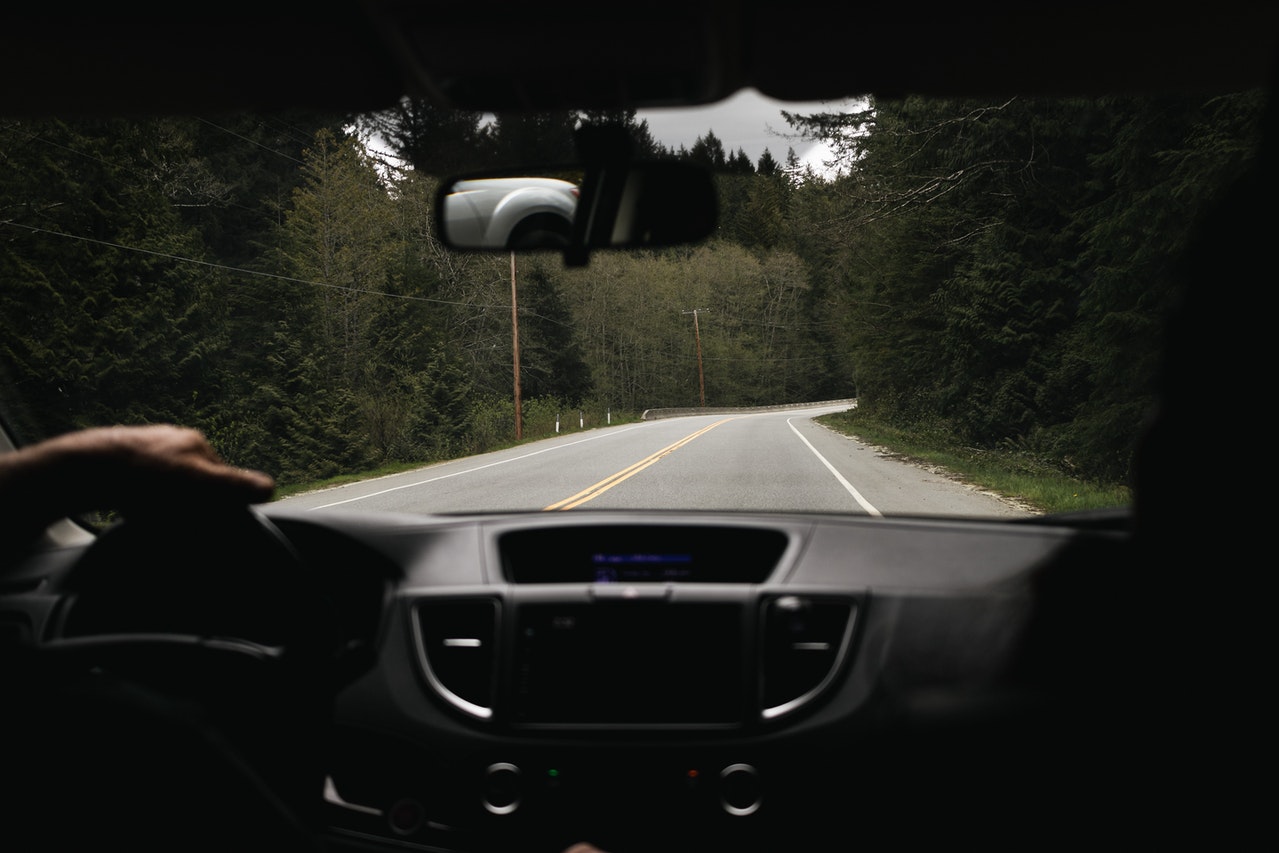Detecting Salvaged/Rebuilt Cars: Key Signs and carVertical's Role
Purchasing a used car can be a smart decision for many people, as it often provides a cost-effective alternative to buying a brand-new vehicle. However, it’s crucial to be aware of the potential pitfalls of buying a used car, one of which is unknowingly purchasing a salvaged or rebuilt vehicle. These vehicles may have a history of severe damage, and while they may look and function well on the surface, there could be underlying issues that can cause significant problems in the future. This article will guide you through the process of identifying a salvaged or rebuilt car and introduce you to carVertical, a valuable tool that can provide comprehensive information on a vehicle’s history.
What is a Salvaged or Rebuilt Vehicle?
A salvaged vehicle is one that has been deemed a total loss by an insurance company due to severe damage, usually from an accident, flood, or other catastrophic events. When a vehicle is considered a total loss, it means that the cost of repairs exceeds the vehicle’s current value. As a result, the insurance company will issue a salvage title for the car, effectively branding it as “salvaged.”
A rebuilt vehicle, on the other hand, is a salvaged vehicle that has been repaired and restored to a functional state. While it’s a bad idea to purchase a rebuilt vehicle, it’s essential to understand the risks and potential issues associated with these cars. Rebuilt vehicles may still have hidden damage or subpar repairs that could lead to safety concerns or expensive repairs down the line. Additionally, a rebuilt vehicle will often have a lower resale value compared to a comparable used car with a clean title.
Signs of a Salvaged or Rebuilt Vehicle
Identifying a salvaged or rebuilt vehicle can be challenging, but there are several telltale signs that can help you determine if a car has a salvage history.
- Mismatched or Uneven Panel Gaps
One of the most apparent signs of a salvaged or rebuilt vehicle is mismatched or uneven panel gaps. When a car has undergone extensive repairs, it’s not uncommon for the body panels to be misaligned. Check for uneven gaps between the hood, doors, and trunk lid, as well as any irregularities in the paint or finish.
- Paint Overspray
When a car undergoes body paint repairs, it’s common for paint overspray to occur if the job isn’t done carefully. Look for signs of overspray on the car’s windows, trim, or rubber seals, as this may indicate that the vehicle has been repainted, possibly to cover up damage from an accident or other event.
- Inconsistent or Faded Paint
In addition to overspray, examine the car’s paint job for inconsistencies in color or texture. A salvaged or rebuilt vehicle may have been repainted, and it can be challenging to match the original paint exactly. If you notice significant color variations between panels, this could be a sign that the car has been repaired or rebuilt.
- Signs of Rust or Corrosion
While rust and corrosion can occur on any vehicle, they are more likely to be present on a car that has been salvaged or rebuilt. Check the car’s undercarriage, wheel wells, and other areas for signs of rust or corrosion. These issues may indicate that the car has sustained water damage, often due to flooding.
- Unusual Welding Marks
Examine the car’s frame and body for any unusual welding marks or other signs of structural repair. If you notice areas where the metal appears to be welded together, this could be an indication that the vehicle has been in a severe accident and required significant repairs. While not all welding marks are a sign of a salvaged or rebuilt car, it’s essential to consider this in conjunction with other signs.
- Evidence of Water Damage
Water damage can be a common issue with salvaged or rebuilt vehicles, particularly those that have been involved in floods. Look for signs of water damage, such as waterlines in the trunk or interior, mold or mildew smells, or silt and debris in hard-to-reach places. You should also examine the car’s electrical components, as water damage can lead to electrical issues.
- Inconsistent or Inaccurate Vehicle History Reports
A vehicle history report is a valuable tool for identifying a salvaged or rebuilt car. However, it’s essential to keep in mind that not all reports are accurate or complete. Some unscrupulous sellers may attempt to hide a car’s salvage history by “title washing” or other fraudulent practices. As a result, it’s crucial to look for inconsistencies or discrepancies in the vehicle history report, such as gaps in the car’s ownership or mileage records.
The Role of carVertical in Identifying Salvaged or Rebuilt Vehicles
carVertical is a blockchain-based platform that aims to provide comprehensive, accurate, and transparent by leveraging the power of blockchain technology, carVertical ensures that the information provided in their reports is reliable and tamper-proof. This makes it an invaluable resource for buyers who want to avoid purchasing a salvaged or rebuilt vehicle.
carVertical’s reports include crucial information about a vehicle’s history, such as:
- Accident records and damage reports
- Odometer readings and potential mileage discrepancies
- Previous owners and registration information
- Service and maintenance records
- Theft and recovery history
- Title history, including salvage or rebuilt titles
In addition to providing this essential information, carVertical also offers a unique feature called the “carVertical Score.” This score, calculated based on the vehicle’s history, gives potential buyers a clear and concise evaluation of the car’s overall condition. A low score indicates that the vehicle may have a history of significant issues, while a high score suggests that the car is in better shape.
By using carVertical to obtain a detailed vehicle history report, you can significantly reduce the risk of purchasing a salvaged or rebuilt vehicle. The information provided in the report will not only help you identify potential red flags but also allow you to make a more informed decision about whether a specific car is the right choice for you.
Conclusion
The process of identifying a salvaged or rebuilt vehicle can be daunting, but with the right knowledge and resources, it’s possible to make an informed decision when purchasing a used car. By examining the car closely for signs of damage, repairs, and inconsistencies, and using a reliable platform like carVertical to obtain a comprehensive vehicle history report, you can greatly reduce the risk of buying a car with a hidden past.
In the end, the key to making a wise used car purchase is due diligence. By educating yourself about the signs of a salvaged or rebuilt vehicle and leveraging the power of carVertical, you can protect yourself from potential pitfalls and ensure that you are investing in a car that is both safe and reliable. Remember that while buying a used car can be a cost-effective option, it’s essential to be vigilant and cautious to avoid the potential dangers associated with salvaged or rebuilt vehicles. By doing your research, asking the right questions, and utilizing tools like carVertical, you can confidently navigate the used car market and find the perfect vehicle to suit your needs.
